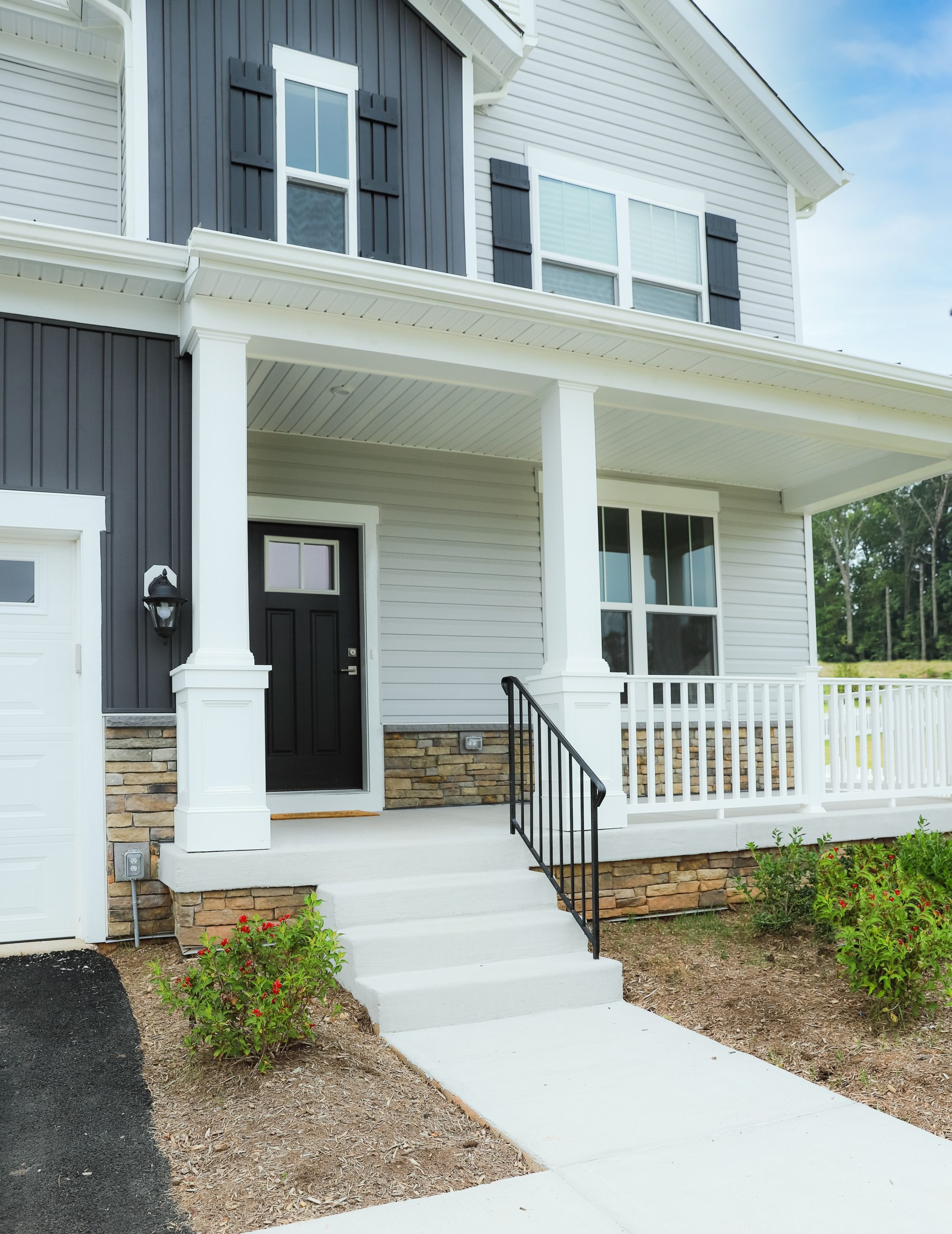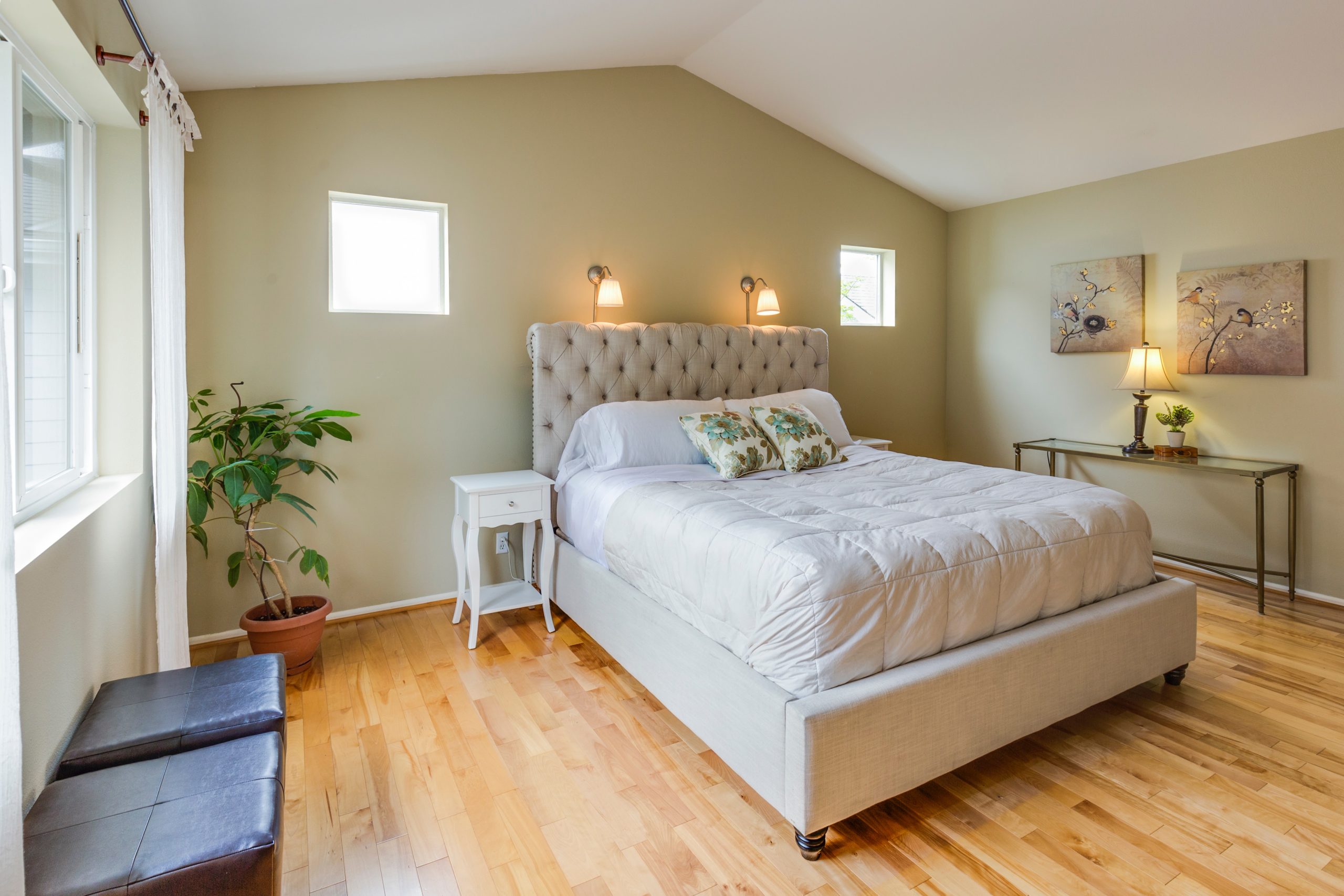In recent years, there has been a significant shift in the housing industry towards eco-friendly homes. With growing concerns about climate change and the need for sustainable living, homeowners and builders alike are embracing environmentally conscious practices. This article aims to explore the rise of eco-friendly homes, highlighting their benefits, key features, and the challenges faced in their adoption.
1. The Green Building Movement:
The green building movement has gained momentum as more people recognize the importance of reducing their carbon footprint. Eco-friendly homes, also known as green homes, are designed and constructed using sustainable materials and energy-efficient technologies. These homes prioritize energy conservation, water efficiency, and indoor air quality.
2. Benefits of Eco-Friendly Homes:
a. Energy Efficiency: Eco-friendly homes are designed to minimize energy consumption through features like solar panels, energy-efficient appliances, and proper insulation. This not only reduces utility bills but also decreases reliance on fossil fuels, contributing to a greener future.
b. Reduced Environmental Impact: By using sustainable materials and implementing eco-friendly practices, these homes have a lower environmental impact compared to traditional homes. They help conserve natural resources, reduce waste, and limit greenhouse gas emissions.
c. Health and Well-being: Eco-friendly homes prioritize indoor air quality, ensuring proper ventilation and using non-toxic materials. This promotes a healthier living environment, reducing the risk of respiratory issues and allergies.
3. Key Features of Eco-Friendly Homes:
a. Renewable Energy Sources: Solar panels, wind turbines, and geothermal systems are commonly used to generate clean energy for eco-friendly homes.
b. Efficient Insulation: Proper insulation helps maintain a comfortable indoor temperature, reducing the need for excessive heating or cooling.
c. Water Conservation: Eco-friendly homes incorporate water-saving fixtures, rainwater harvesting systems, and efficient irrigation methods to minimize water usage.
d. Sustainable Materials: Builders opt for sustainable materials like bamboo, reclaimed wood, recycled glass, and low VOC (volatile organic compound) paints to reduce environmental impact.
4. Challenges and Considerations:
a. Cost: The initial cost of building or retrofitting an eco-friendly home can be higher compared to conventional homes. However, long-term savings on energy bills and potential incentives can offset this initial investment.
b. Availability of Resources: Access to sustainable materials, skilled labor, and reliable renewable energy sources can vary depending on location. This can pose challenges for homeowners and builders in certain regions.
c. Education and Awareness: Promoting awareness and educating homeowners about the benefits and options available for eco-friendly homes is crucial for wider adoption.
Conclusion:
The rise of eco-friendly homes signifies a positive shift towards sustainable living and responsible construction practices. As more individuals and communities embrace these homes, the housing industry is moving towards a greener and more environmentally conscious future. By considering the benefits, key features, and challenges associated with eco-friendly homes, homeowners can make informed decisions that contribute to a more sustainable world.
Disclaimer: The views and opinions expressed in this article are those of the author and do not necessarily reflect the official policy or position of any organization.











